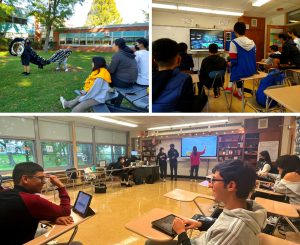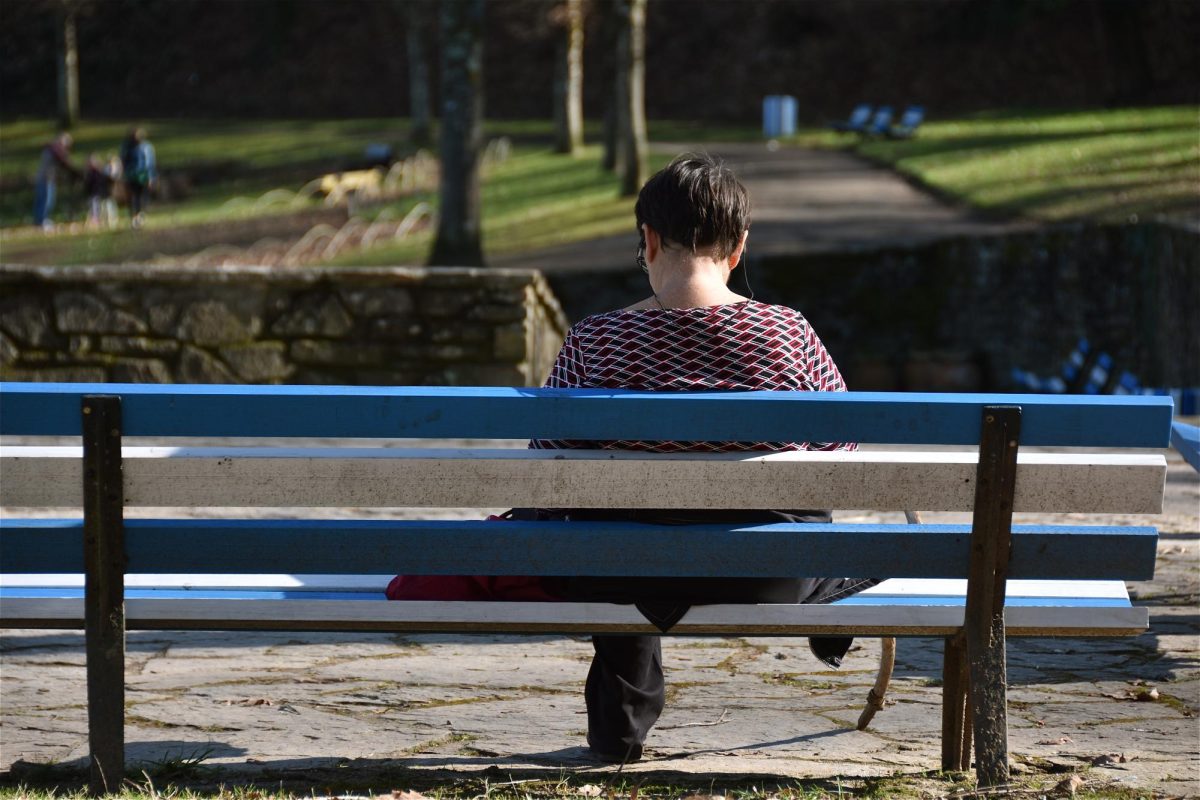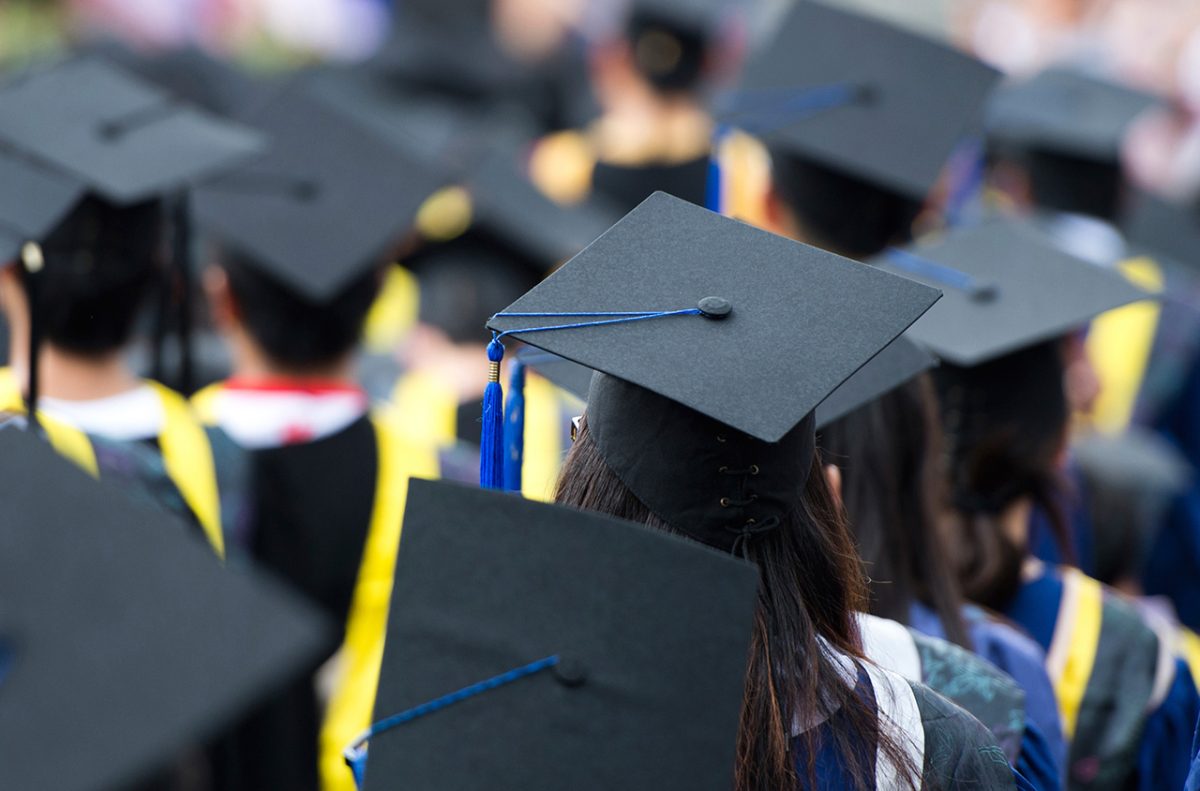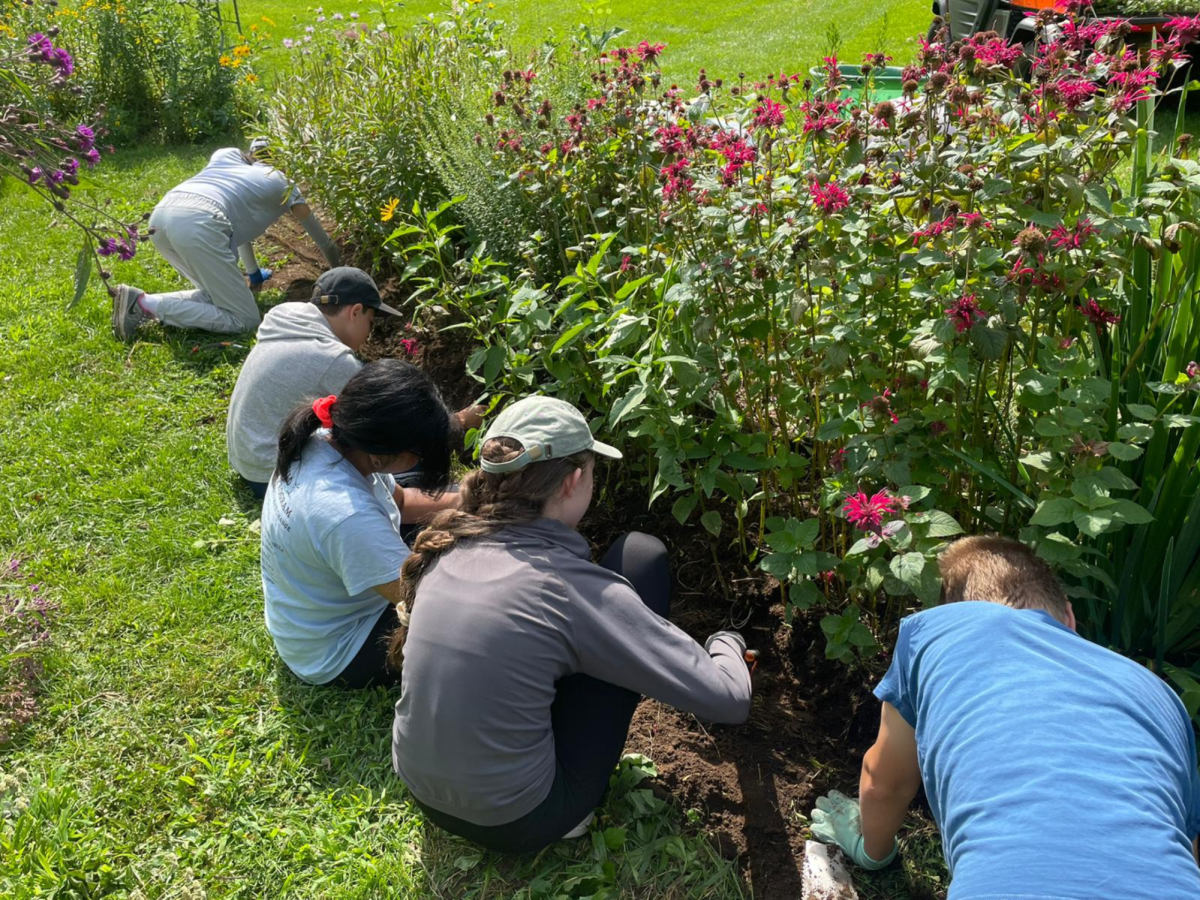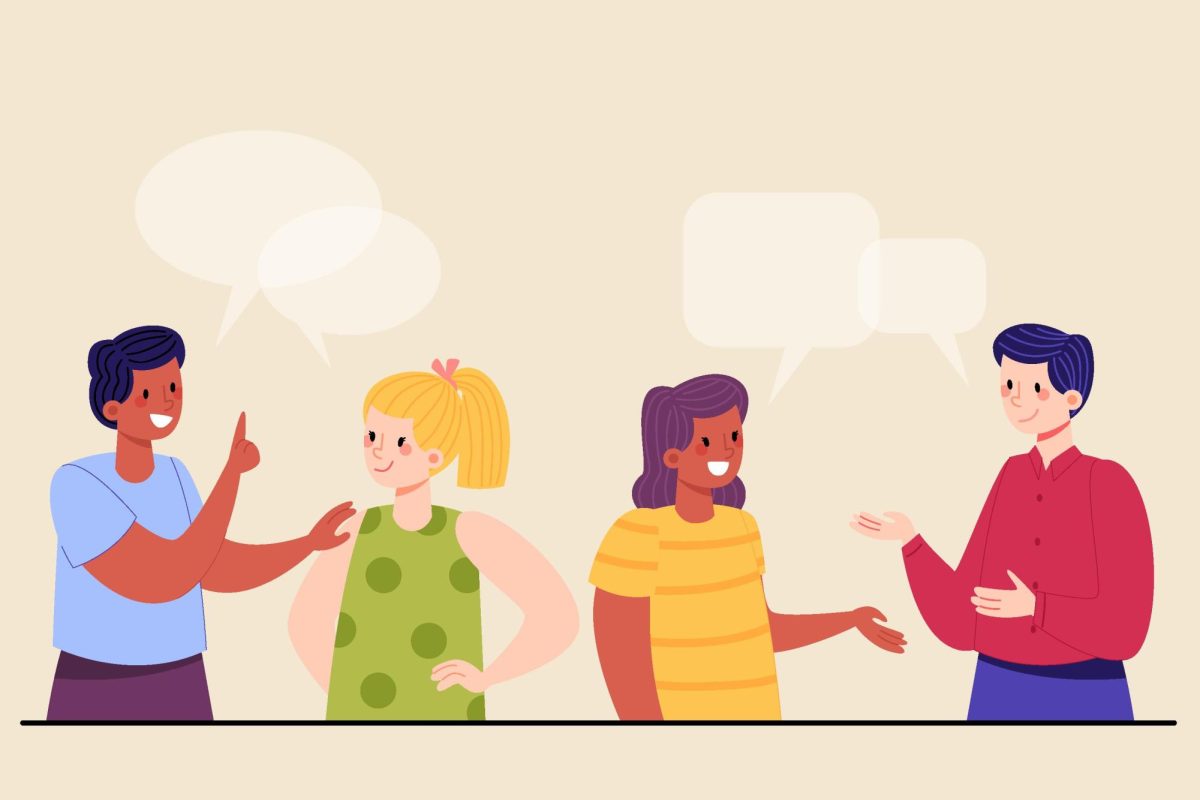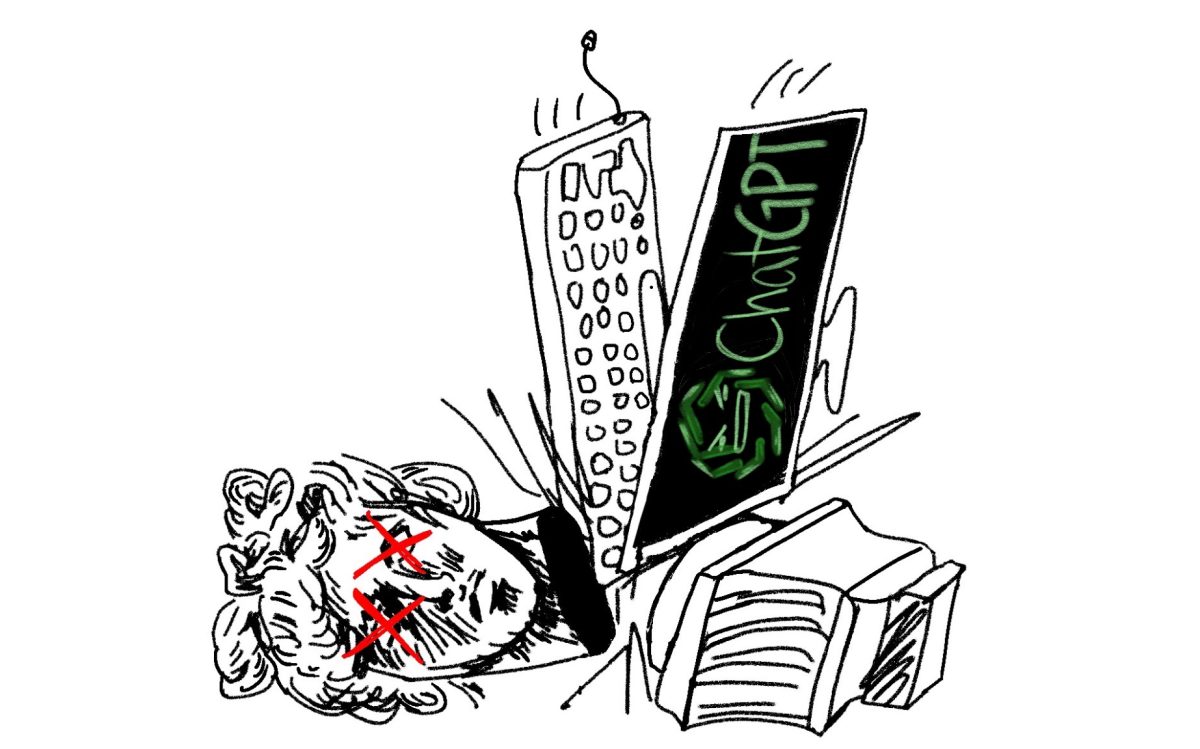By Farah Daredia
Few can argue that the world around us doesn’t influence our thoughts and actions. Across time periods, cultures, and civilizations, sports have brought people together. Sports are supposed to unify teammates, schools, and entire communities. Yet in the professional world of sports, separation and division are overwhelming. I’m not talking about the separation between opposing teams. I’m talking about separation between genders: gender inequality. Our professional sports world is dominated by male players and leagues, while female athletes have been pushed to the sidelines with significantly less support, attention, resources, and pay. When we as individuals look at our professional sports world, our own vision of the sports world is shaped within our head: a picture of male domination and skill. What about women? With gender inequality, there’s no room for them in the frame. This picture influences us unconsciously and shapes our biases of gender in sports. When there is inequality in the professional sports world, our own gender biases are shaped, and we act on those biases through microaggressions. Our implicit bias continues the ruthless cycle of gender inequality within our own school community and our world. Gender equality is pushing back progress, within the game, and outside of it.
The professional sports world has massive influence on our own views and beliefs when it comes to sports. Unfortunately, the professional sports world is filled with inequality, in almost every sport. The US National Women’s Soccer Team has four World Cup titles, four Olympic gold medals, eight CONCACAF gold cups, and an $8,216 gap between their own earnings for each victory and the earnings of the US national men’s team who rarely qualifies for the World Cup. Despite their lower performance, the US men’s soccer team earns an average of $13,166 for a victory, while the US women’s soccer team earns a maximum of $4,950 for a victory. The pay gap led the 28 members of the US national women’s soccer team to file a lawsuit against USA Soccer. Their careers as female athletes is more than battling against their opponents for victory on the field—it’s battling against injustice and bias for equality. The US national women’s soccer team isn’t alone when it comes to gender inequality in professional sports. When it comes to basketball, the pay gap prevails. The average WNBA player is paid $72,000 while the average NBA player is paid $5 million. Sure, it makes sense to pay more to whoever brings more money in. That’s understandable, but how will female sports bring money in when people aren’t supporting them? How will people support female sports if they aren’t being marketed and recognized? They won’t, and right now, they aren’t. While 40% of athletes are female, sports marketing only markets females 6-8% of the time.
Gender inequality in the professional sports world influences our own gender biases, creating gender inequality within sports at our own high school. Senior Valerie Deligiannis has been a high achieving athlete on the Great Neck South girls basketball team. Despite having a high number of points per game (ppg) and a passion for the sport, her male friends who also play basketball constantly put her down, saying, “You’re a girl, so you’re obviously not better than me at basketball.” In sports, athletes are supposed to be judged on their performance, but Valerie wasn’t. Instead, her skill and ability was prejudged based on her gender. While the basketball court had always been a second home to her, she wasn’t taken seriously on it until she played a male one-on-one and beat him. Valerie’s experience didn’t come from one person’s attitude, one person’s words, or one person’s actions: it came from various students from our school, and it reflects the same biases and injustices that take place in the professional sports world. Stereotypes and bias managed to turn our inclusive Great Neck South community into a hostile environment within sports.
The inequality extends from the personal level to school-wide support of sports teams. The girls varsity basketball team had a successful season, finishing second in their conference while the boys varsity basketball team finished in the second half of their conference. Despite the success of the girls team, very few people came to their games, while the boys team had a strong presence of students at theirs. Sound familiar? This situation within our own high school mirrors the situation of inequality with the US national women’s soccer team. The low attendance to games got so dire that the girls varsity basketball coach, Mr. Dennis Mooney, felt compelled to give extra credit to his students just for the girls team to have student support. Additionally, the girls varsity team made it a point to consistently cheer on the boys team at their games, while most times, the boys team didn’t even show up to the girls’ games.
Gender inequality extends beyond a pay gap and a lack of support; it stifles progress. Sports are more than simply activities to improve health. They teach people how to set and achieve goals as well as how to work hard to improve themselves. The Peterson Institute for International Economics has found that girls who play sports in school tend to do better in school, resort less to drugs, and have better health than those who don’t play. Additionally, 94% of women in C-suite leadership positions played sports. When there is gender inequality in sports, we limit the potential of girls, not only in the game, but in the quality of their lives as well. Sports provide incredible opportunities for girls, but girls are offered 1.3 million fewer opportunities to play sports than boys (Title IX). Furthermore, according to Gatorade’s Girls In Sport study, girls aged 14 drop out of sport at 1.5 times the rate that boys do. By age 17, just over half of all young women in high school stop playing sports. Females are half of the world’s population, but when gender inequality is so prominent in sports, girls’ opportunities are limited, in sports and in their own lives.
Over time, women’s participation and representation in sports has improved significantly. There is a higher number of females in sports than ever before in history. Still, when we live in a world where it’s acceptable for athletes to be judged and rewarded based on their gender rather than performance, we need progress.
Achieving gender equality in sports will take much time and effort. Overcoming gender biases and inequality won’t be an easy fix, but each of us can play a small role in this journey for equality. First, biases lie within all of us. This means we all hold a responsibility to challenge our own beliefs, educate ourselves, and speak out against gender inequality. One massive problem with gender inequality in sports is the lack of support for women’s teams, so show your support for female athletes. Everyone can attend women’s sports events, encourage women and girls to participate in sports, and women can participate in the sports themselves! As more people begin supporting women’s sports, their audience grows, followed by their media coverage and importance. If we continue along this road, gender equality in sports can be achieved.
Gender equality in sports leads to an improved quality of life and diversity beyond sports: into leadership and the workplace. We can all do our part to improve gender inequality in sports and in turn, improve the conditions within our society.



